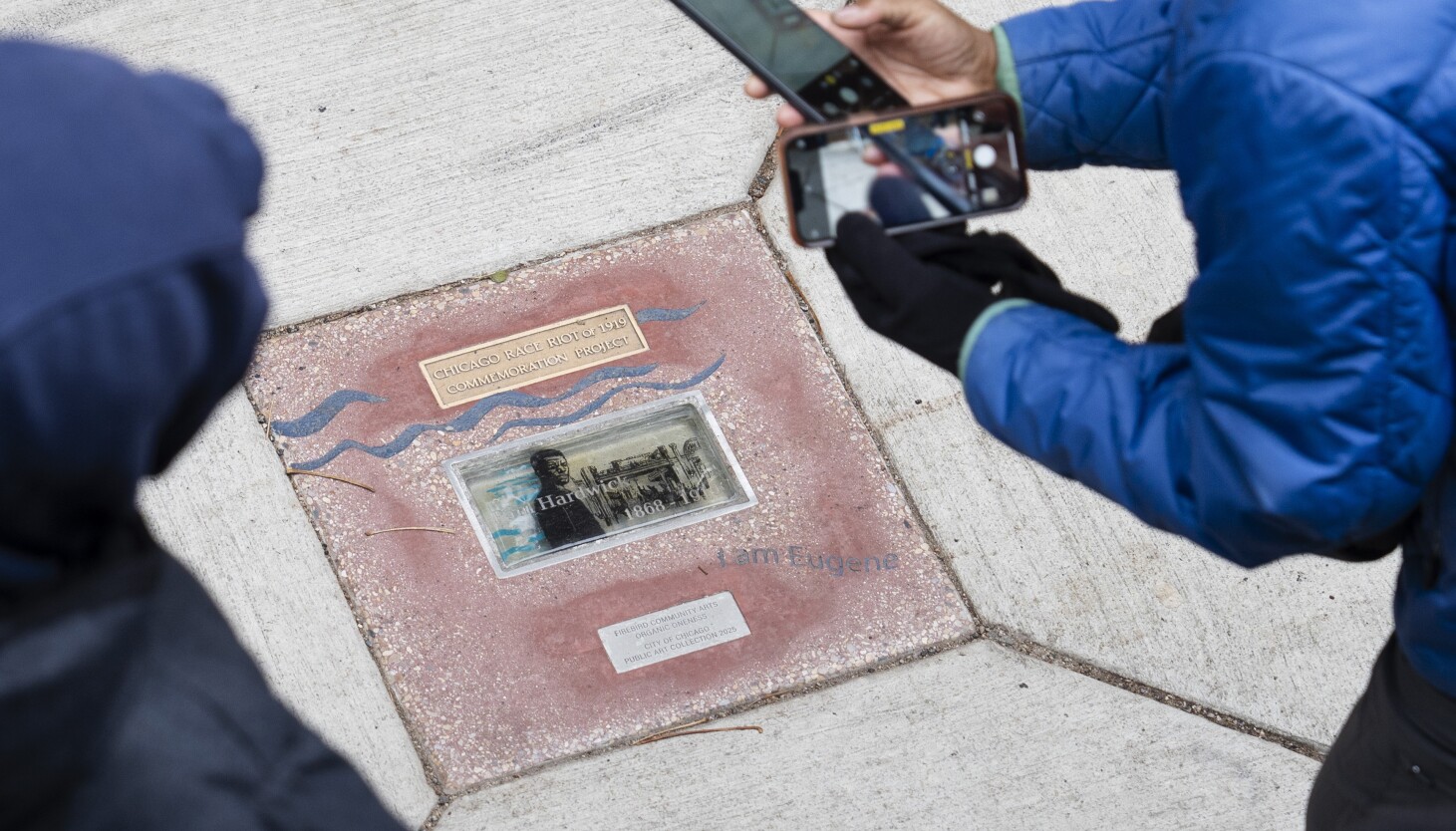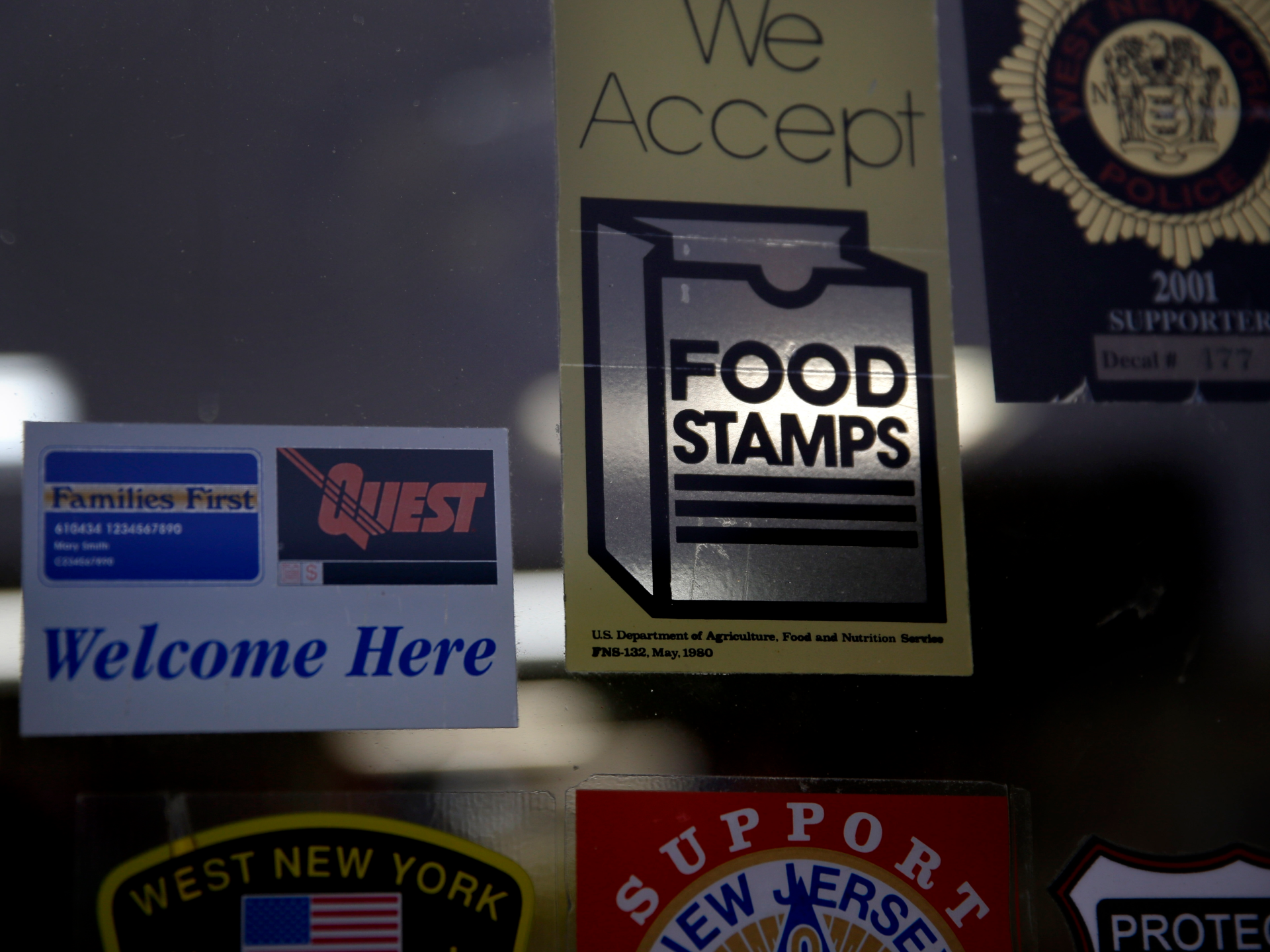Copyright Chicago Sun-Times

For many, the corner of Adams Street and Wabash Avenue is just a busy stop on their way to see a show at the Chicago Theatre, attend a festival at Grant Park or take in the sights at the Art Institute. For Paul Hardwick, it was where he took his last breath. More than 100 years ago, the African American man was on his way to work at the Palmer House hotel when he was chased by a mob of about 30 white aggressors. He was shot in the chest, beaten and robbed. He was long forgotten as one of 38 killed in the Chicago Race Riot of 1919, which historians say is not often taught or discussed. But now Hardwick is immortalized with a marker at the site of his death, thanks to The Chicago Race Riot of 1919 Commemoration Project. For years, a team of volunteers has been installing brick-shaped glass memorials in sidewalks throughout the city where the killings occurred. The pieces were created by young people who have been impacted by violence. Their work was overseen by Firebird Community Arts, an East Garfield Park organization that has a trauma-informed arts program. Of the 19 markers installed so far, Hardwick’s plaque is one of the most recent. It was featured on a public walking tour Saturday following a panel discussion about the project at the Harold Washington Library Center. The remaining 19 will be installed over the next several months, said Peter Cole, a history professor at Western Illinois University and co-founder of the project. Cole and the other project leaders say they not only want to honor the dead, but highlight the riot’s impact on lasting structural inequities in the city. “Our goal was to have something embedded in the community — literally embedded in the concrete,” said Myles X Francis, director of operations for the project. “As people are heading to work, walking to parks and going out to restaurants, they’re stumbling across this history. It’s a conversation piece.” The race riot was sparked on July 27, 1919, when Eugene Williams, a Black 17-year-old, was killed at “whites-only” 29th Street Beach. George Stauber, a 24-year-old white man, hurled stones at Williams until he drowned. The city erupted into racial violence for a week as white mobs terrorized Black residents. The incident claimed the lives of 23 Black people and 15 white people. The rioters largely went unpunished. Acts of racial terror like the 1919 riot helped fuel segregation, which resulted in the concentration of Black Chicagoans in neighborhoods neglected by the city, Francis said. “We have these landmark events to walk people through the history and help them understand how it’s connected to the way that the city looks, the way people move around the city and the opportunities that they have access to today,” he said. The Chicago Race Riot of 1919 Commemoration Project kicked off in 2019, the 100-year anniversary of the tragedy. It was spearheaded by Cole and Franklin Cosey-Gay, executive director of community and external affairs for the Urban Health Initiative at University of Chicago Medicine. Other collaborators include Syda Segovia Taylor, executive director of social justice organization Organic Oneness. Financial support for the project is provided by the city’s Department of Cultural Affairs and Special Events. “I’ve taught in Illinois a long time,” Cole said. “My students don’t know this history, but it’s really important. I’ve been teaching Black history for 30 years because it’s inspirational.” Cole said being present with the artists at the walking tour was “enriching.” The young creators spoke about the process of glass-blowing, screen-printing and laying concrete. In addition to the names of those killed, the markers are enhanced with imagery inspired by their lives, the city of Chicago and even pictures of the artists themselves. “I love doing it,” said artist Brian Sanner, 17, of Back of the Yards. “It’s a form of therapy. It’s just a good experience all around.” Lynquell “LA” Biggs told tour participants that the artists put their “blood, sweat and tears” into the project. The 24-year-old Auburn Gresham resident said he hopes the markers prompt passersby to learn more about the race riot. Artist “BZ” said he wanted people to think about the trauma the riot victims and other people of color have endured. “Black and Brown and indigenous people — we all had to go through this hurt,” said the artist, 26, of North Lawndale, who withheld his full name for safety reasons. “I just want people to see that and know that we overcame that.” Cosey-Gay said he was proud to see the artists find an artistic outlet after experiencing violence. “For that art to be part of their pathway of recovery, and to be represented in the city as a sign of resistance and healing just overwhelms me with positive emotion,” he said.



